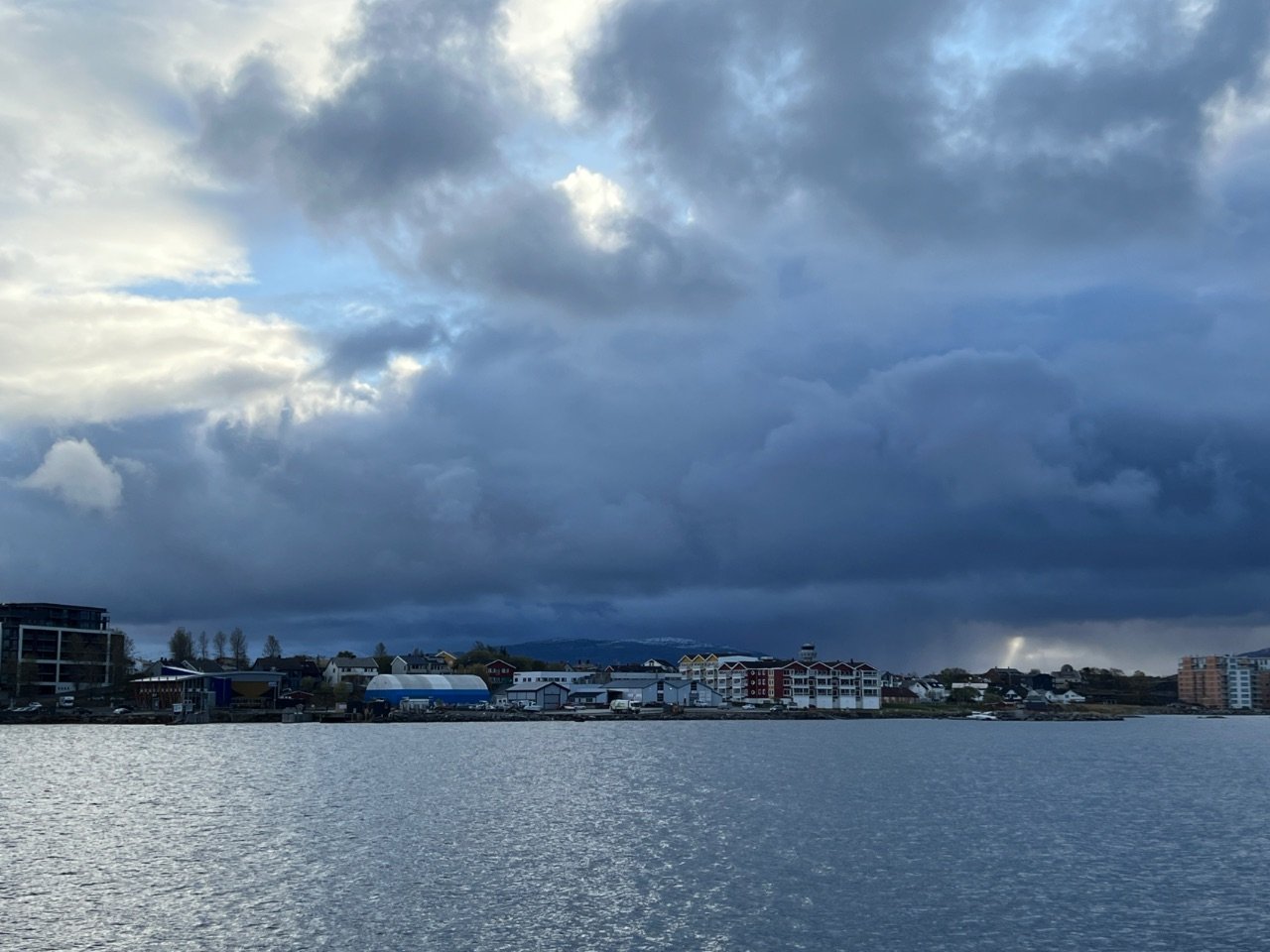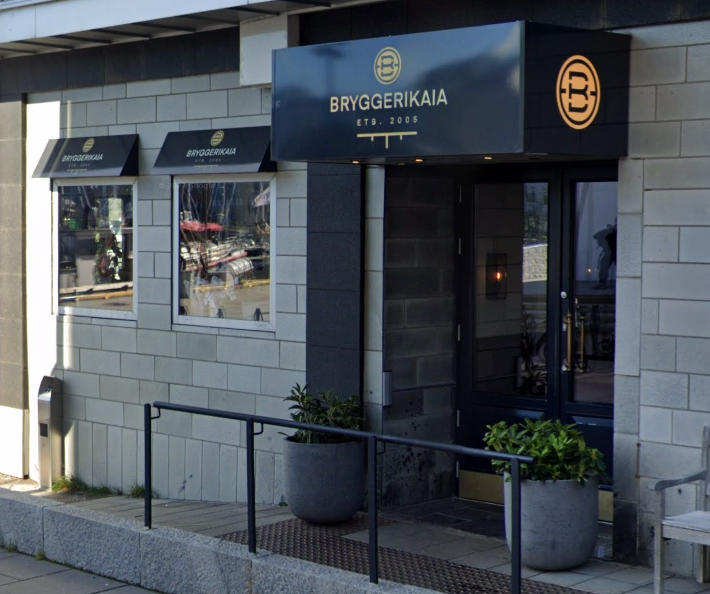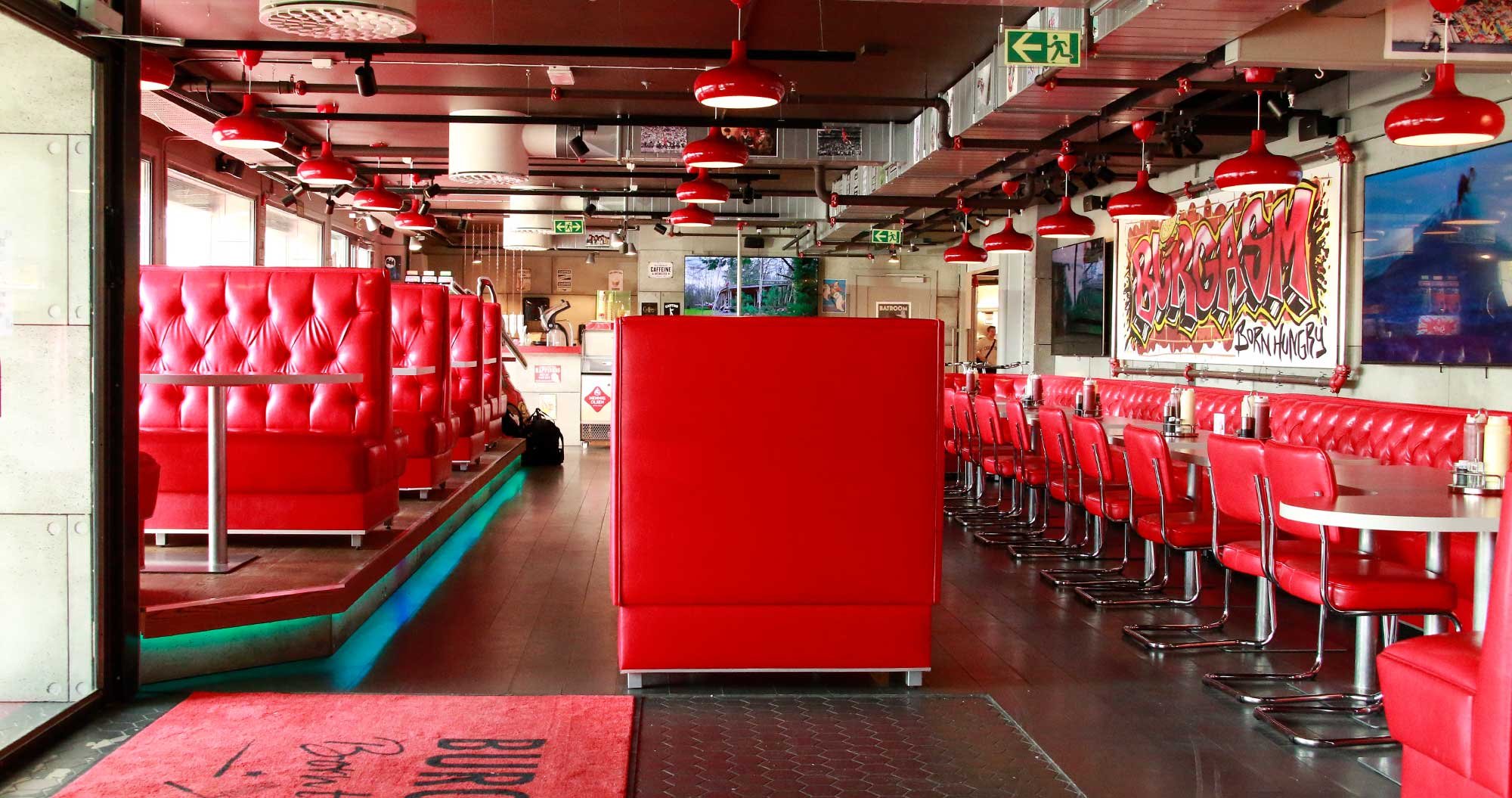Day 625 - Bodø, Norway
Seeking a Way to Svalbard
Bodø Harbor
I continued to plow on with my efforts to find us a way to Svalbard (aka Spitzenberg), the northernmost human settlement on earth, located just 500 miles up the frigid waters of the Arctic Sea from Bodø. Despite being relatively nearby, it is an exceedingly difficult place to reach, assuming, like us, you were not planning to take a jet to get there. Cruise ships will take you to the islands from England, or Portugal, even the United States, but finding a ship from Bodø was tougher than finding a democrat in Alabama.
“No, you will have to go to a Tromsø,” said Anke, who ran the tourist office in Bodø. “And even then you might not make it.”
We learned this even after traipsing around Bodø to two harbormaster offices (one a misnamed postal address) to see if we could find a ship, any ship -- cargo, trawler, freighter -- that would take us to this remote chunk of land.
I had got it in my head that our Vagabond-Adventure just didn't count if we didn't make it to both the southernmost and northernmost of the planet's human habitations. I even pointed this goal of reaching Spitsbergen out in one of our first Dispatches, marking a world map with a red circle that said we would be heading that way, eventually. That was two years ago, and now we were flummoxed.
Anke gave me some links and emails to organizations in Tromsø all of which I sent out, awaiting word. I even reached out to the Alfred Wegener Institute that Stian (our friend and pilot from Oslo) had suggested. They flew a prop scientific DC-10 to Svalbard sometimes. Sorry, they weren't flying any time soon.
Finally, I put the emails aside, and we headed for Bodø's Jektfart Museet, which sounded to us like a dangerous viral disease, but was actually a museum about a very particular kind of ship that changed all of Europe, and in some ways the world. It's called a Jekt. In particular, we would see the Anna Karoline, the last ship of its kind on earth, built an 1876.
Though they plied the waters of the Atlantic as recently as the 19th century, the first of these ships were built long before that, going back 400 years. The thing that made the jekts so successful was the enormity of their cargo holds (inspired by Viking longships) that hauled salted-died stockfish from Nordland to Bergen through some of the world's most treacherous waters.
You wouldn't think stockfish would be all that important, but it supplied the rest of Europe with valued food that was in high and constant demand. It was one of the few exports Norway could offer the world. In return Europe's more southern breadbasket nations supplied Norwegians with grain and flour, salt and hemp as well as coffee, silk scarfs, silver cups and haberdashery. If not for the jekt trade, the rest of Europe may never have made the connections they did with the faraway lands of the Norse.
The next day, Anke would drive us around the town and the hills above the city, but today, we walked back from the museum (after some steaming hot chocolate) and headed, as darkness fell, to our hotel. Shortly before we entered our hotel, I could make out in the mist the forlorn cry of a foghorn as a trawler departed the big bay.
Eventually, we settled into bed, and I fell asleep wondering how the hell we would ever find our way to Svalbard.
Bodø Recommendations
If you’re considering travel to Bodø, consider some of these options for a fantastic experience. And please review our entire collection of Norwegian recommendations.







Sometimes called the “hourglass of the universe,” the Saltstraumen Maelstrom is the strongest tidal current in the world. Water from Saltenfjorden and Skjerstadfjorden fjords conflict in an impressive display of natural forces. Image from visitnorway.com.